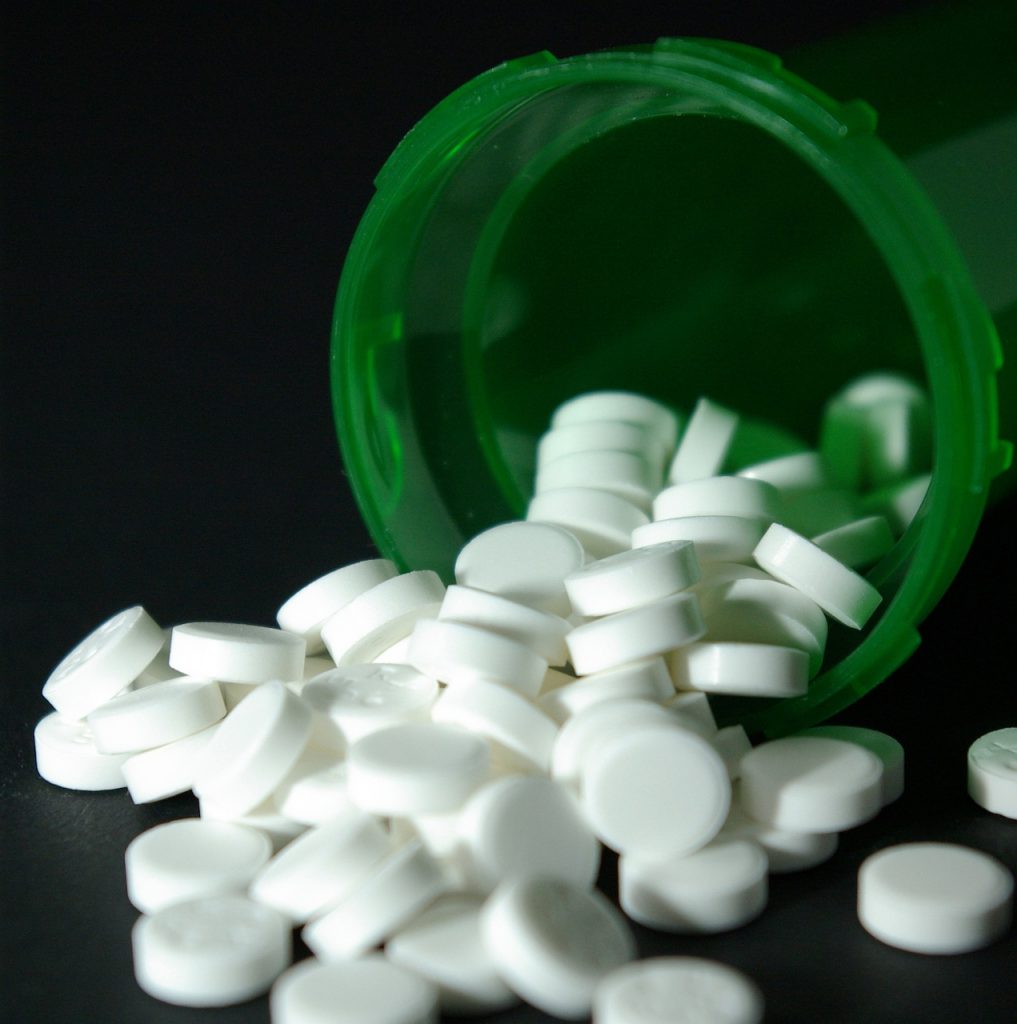Americans spent $535 billion on prescription drugs in 2018, a 50% increase over 2010.
Big Pharma increased prices by 40-70% from 2011 to 2015 while using billions of taxpayer dollars to create and market new drugs.
Since the 1930s, NIH has invested $900 billion in forming both the pharmaceutical industry. NIH finances new drug approvals including $100 billion in 118,000 grants towards research associated with every one of the 210 new drugs approved by the FDA from 2010–2016. Pharmaceutical companies also benefit from research and development tax credits.
Pharmaceutical industries also receive tax deductions for direct-to-consumer advertising which increased their spending during 1997-2016 from $17.7 to $29.9 billion and the number of advertisements from 79,000 to 4.6 million. Despite taxpayer subsidies, prescription prices were increased on more than 3,400 drugs in 2019.
They enjoy significant increases in profit margins when new drugs are launched. In 2013, for example, industry giant Gilead Sciences launched Sovaldi, a hepatitis C drug, at $1,000 per pill, or $84,000 per treatment, which could last 12 to 24 weeks. They claim high prices are warranted because drugs are difficult to manufacture. But after an 18-month investigation into the company’s pricing, the Senate Finance Committee concluded that Gilead had pursued a marketing and pricing strategy designed to “maximize revenue with little concern for access or affordability.”
Drug companies also enjoy patent protection for 20 years, which gives them monopoly power ensuring that prices remain high by reducing competition. They also use a tactic called evergreening where they make minor modifications to a drug’s chemical composition or to the pill’s appearance like adding a stripe to it, to preserve their patents. Nearly 80% percent of “new” drug patents awarded in the past decade went to existing drugs. Seventy percent of the top 100 drugs have extended their patents one or more times. Thicketing, another tactic, involves flooding the Patent Office with excessive patent applications making it difficult for competing firms to secure patents.
The largest 25 drug companies have 15-20% profit margins compared to 4-9% for non-drug fortune 500 companies. In 2018, CEOs of Allergan and Johnson & Johnson made a total of $90 million while Americans spent $535 billion on drugs, 50% more than in 2010. Americans spent $65.8 billion out of pocket in 2016 for drugs, up from $59.5 billion in 2012.
Nearly a million people travel from California go to Mexico every year for health care and meds. In 2019, a group of Americans with diabetes traveled to Canada to purchase insulin and call on the U.S. government to regulate the cost of lifesaving drugs.
President Trump’s broken promises on drug pricing.
In an interview with Time magazine ahead of being chosen as its Person of the Year in 2016, Trump said, “I’m going to bring down drug prices. I don’t like what’s happened with drug prices.” He promised to bring Americans’ drug spending down by negotiating drug prices.
Trump has appointed high-level Big Pharma officials while many members of Congress including those on committees with jurisdiction over drug pricing enjoy cozy relationships with the drug industry receiving more than $62 million in donations in 2016 resulting in the failure of the Senate Finance Committee to pass an amendment on the Prescription Drug Pricing Reduction Act of 2019, which would have allowed Medicare to negotiate drug prices with manufacturers.
Despite promises to be tough on Big Pharma, President Trump has helped them. Appointing Big Pharma officials as top health advisors and to 16 positions in his administration. Like Rep. Tom Price (R-GA) as secretary of health and human services and a longtime friend of the Pharma industry in Congress, pushed Big Pharma’s agenda and benefited from it financially. He made $300,000 in health care stock trades. He was forced to resign in 2017 over illicit use of private jets using taxpayer money.
Joe Grogan who spent five years as a lobbyist for Gilead—the pharmaceutical company that is infamous despised for its sky-high prices on a cure for hepatitis C, was nominated by Trump in 2017 to a top position at the Office of Management and Budget where he proposed pharma-friendly measures such as implementing monopoly rights outside of the United States, speeding up approval from the FDA for new drugs, and eliminating price cuts for hospitals in impoverished areas.
Then Trump replaced Tom Price with Alex Azar, the former president of Eli Lilly, as secretary of health and human services. In 2018, pharmaceutical companies spent more than $283 million in lobbying including $6.8 million from Eli Lilly who was also guilty of drastically increasing insulin prices and colluding with pharmacy benefit managers to increase drug prices which resulted in a class-action lawsuit.
The new tax bill that lowered the corporate tax rate by 14 percent, saved pharmaceutical companies $76 billion. Eli Lilly received $4.5 billion in tax cuts on offshore profits. But Instead of lowering drug prices they have used theses savings for stock buybacks to benefit inside shareholders.

